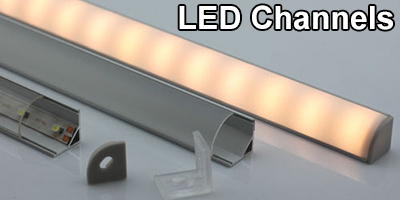Hi, I tried search for answers but still confuse when building a lamp using Cree LEDs. I am planning to build a lamp using 4-6 Cree P4 or Q5 XRE and will be ordering from extremedeal.
I am not sure what I can use to run the led using the wall outlet.
If I use a computer power supply (300w) or laptop power supply to run 6 leds:
+12V








How would I know how much current I am running the LED? Do I need resistors since 12v / 3 = 4v running to each LED.
Thanks
I am not sure what I can use to run the led using the wall outlet.
If I use a computer power supply (300w) or laptop power supply to run 6 leds:
+12V








How would I know how much current I am running the LED? Do I need resistors since 12v / 3 = 4v running to each LED.
Thanks


